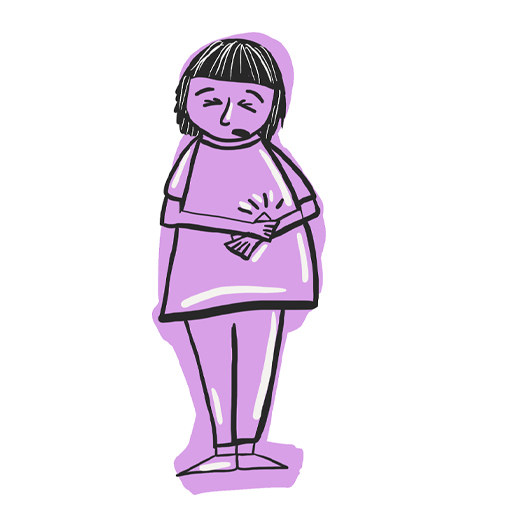1 Why pain matters
In this section, which comprises of one hour of study, the history and development of a framework on the effective management of children’s pain will be outlined.
To begin with let us explore why pain matters. Every year in England there are two million hospital admissions of children (Linhares et al 2012). Of these hospital admissions the prevalence of pain is high, ranging from 59% to 94% (Kozlowski et al 2014; Linhares et al 2012) and of that number between 27% and 40% of them experience moderate to severe pain (Groenewald et al 2012). Jenkins et al (2019) who explored how to reduce the experience of pain in the immediate postoperative period, states that child postoperative pain is a significant problem in need of attention. A study of children’s own self report of pain in hospital found that 87% of children reported pain, with 63% reporting a score of greater than 5 (Vejzovic et al 2020). (Based on a rating of 1–10, with 10 being extreme pain and 1 being no pain at all.)
The persistence of high pain rates can have long lasting negative consequences. Poor pain experiences during childhood may also contribute to adverse pain behaviour to subsequent pain events and to development of chronic pain in later life (Twycross, Dowden, & Bruce, 2009).
Attempts have been made to explain the persistence of the high rate of pain experienced by children; Twycross and Finlay (2013) suggest pain management can be opportunistic, simplistic and frequently interrupted. The outcomes of these findings are that children in hospital still experience unnecessary pain.
Every child experiences pain. But pain is too often silenced and appropriate relief not given frequently enough. So what has been done to improve the management of children’s pain?
Although the figures above are surprisingly high there has been a significant amount of work carried out in an attempt to reduce the prevalence of pain. Some examples are two well-evidenced guidelines developed by the Royal College of Nursing (2009) and the Association of Paediatric Anaesthetists (2012) developed to guide how pain management should be delivered to children in hospital in the UK. Despite these well-developed guidelines children’s pain prevalence remains high.
Good communication, effective information sharing and clarity about roles can all positively influence the effectiveness of pain management as well as health care practitioners (HCPs) taking a proactive stance on the relief of children’s pain.
However, nurses may not take as active a role as they could do in managing children’s pain, seeing it as the parents and child’s responsibility to inform them when they are experiencing pain (Twycross 2013).

